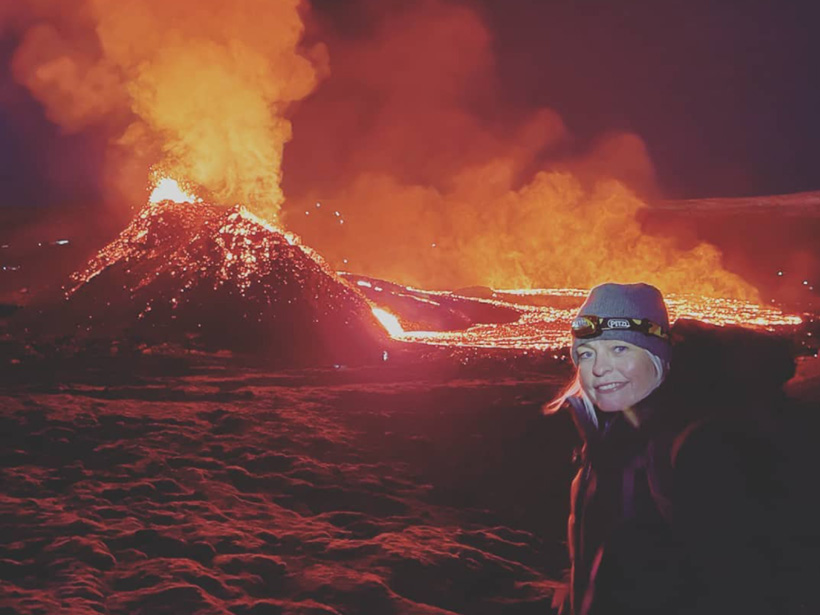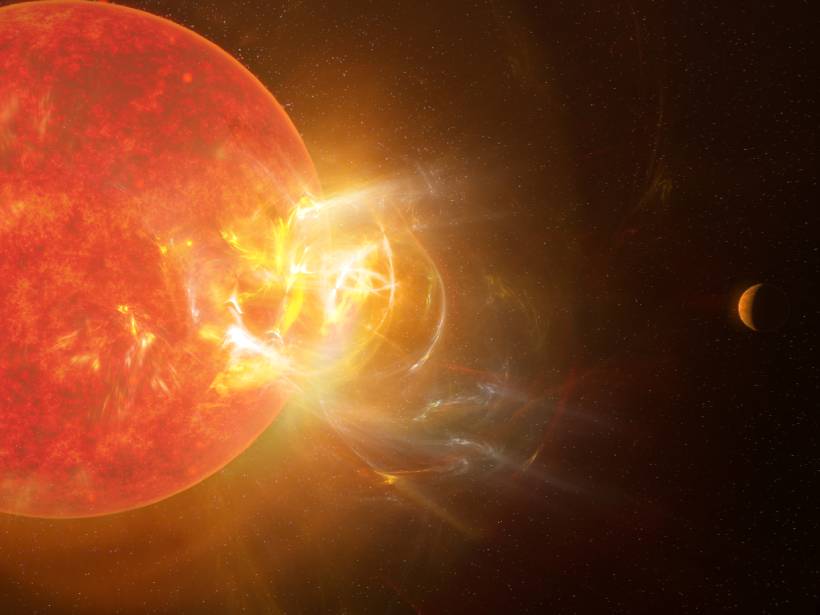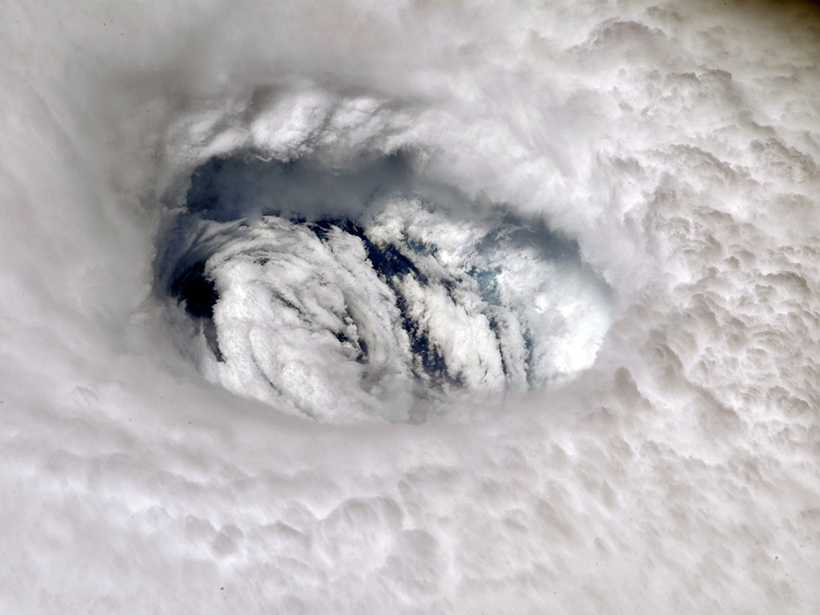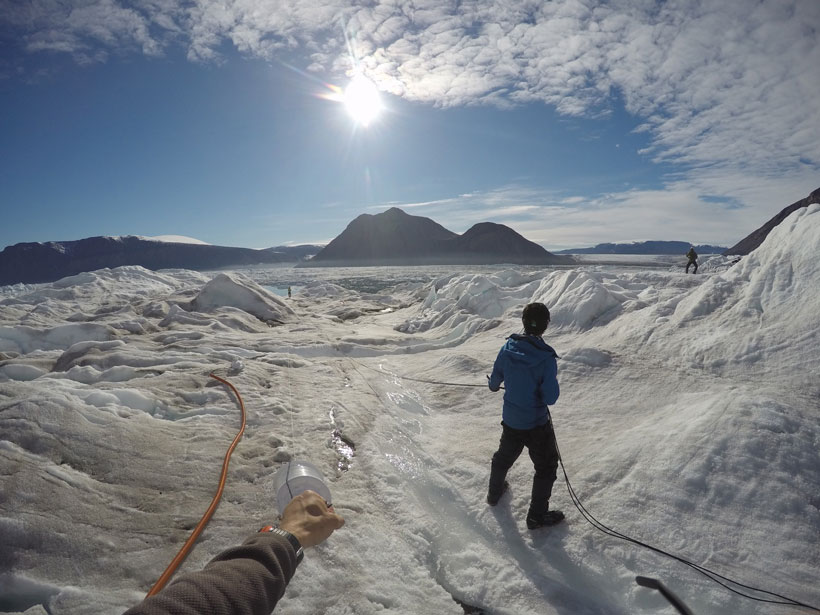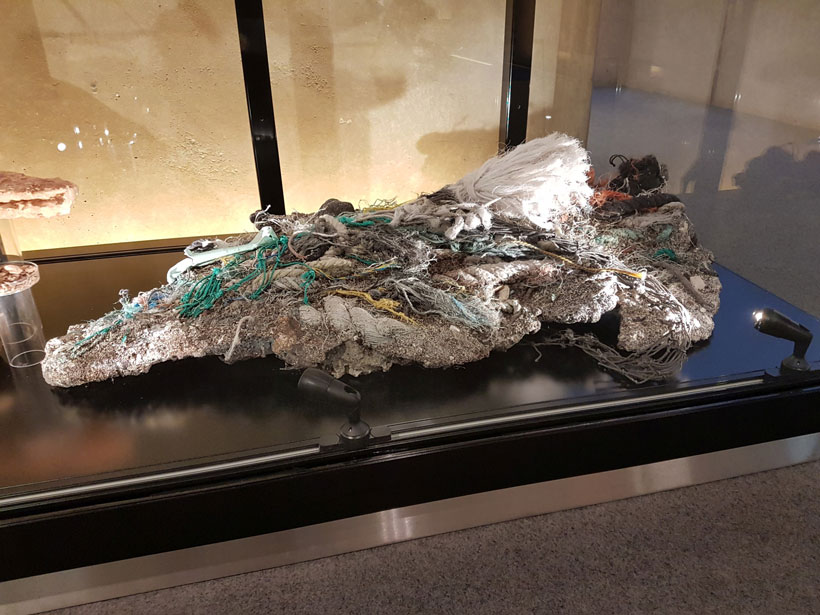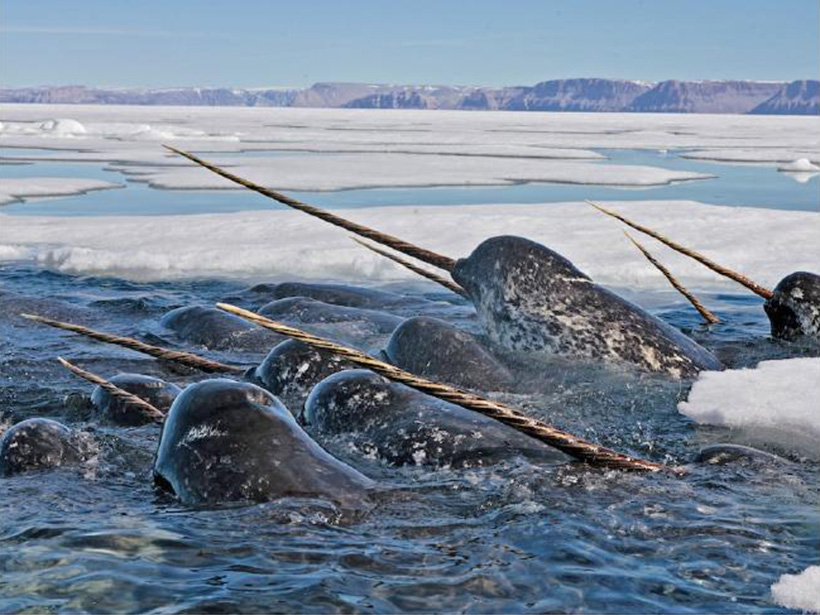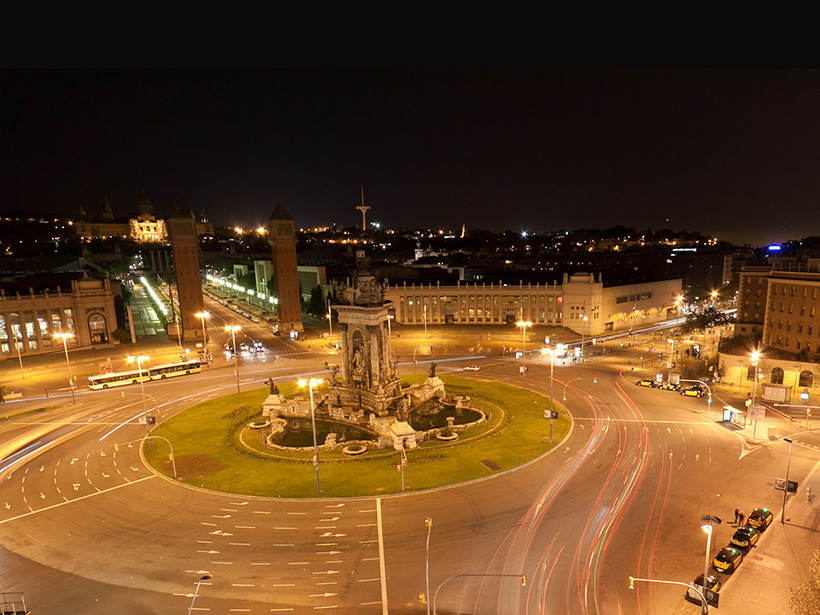The Icelandic Meteorological Office has been tracking unrest near erupting Fagradalsfjall since December 2019, while researchers elsewhere explore new methods to see Iceland’s seismic swarms.
News
Martian Meteorites Shed Light on Solar System’s Early Dynamics
Chemical compositions of rocks from Mars indicate that the earliest orbits of Jupiter and Saturn were more circular than they are today.
Record-Setting Flare Spotted on the Nearest Star to the Sun
Proxima Centauri recently let loose a blast of radiation, and ground- and space-based telescopes detected the record-setting event at wavelengths ranging from radio to the ultraviolet.
Scientists Hope Atmospheric Modeling Can Predict Meteotsunamis
The first extensively documented air pressure–driven meteotsunami on one of the Great Lakes presents an opportunity to use existing weather models to predict when these potentially deadly waves will strike.
Your Summer Outlook: Cloudy with an Above-Normal Chance of Hurricanes
Get ready for another above-average hurricane season, but it likely won’t be as busy as last year.
The Chaos Beneath a Glacier’s Calving Front
For the first time, researchers have captured continuous data on the abrupt changes and activities happening at a glacier’s calving front.
La dificultad de definir el Antropoceno
Los humanos pueden estar en una nueva época geológica, el Antropoceno, pero diferentes grupos definen su comienzo en diferentes momentos. ¿Cuándo debería haber comenzado el Antropoceno?
Narwhal Tusks Record Changes in the Marine Arctic
This new paleorecord can help scientists better understand how climate change and human activity are changing marine mammals’ environments and habits.
Monitoring Seismic Vibrations During a Pandemic
Researchers in Spain monitored variations in seismic noise across Barcelona as the city locked down during the pandemic, clarifying the seismic band associated with human activity.
Laser Flashes Shed Light on a Changing Arctic
An ongoing project in northern Alaska is using pulses of laser light to monitor anthropogenic activity, ice quakes, and marine wildlife.

